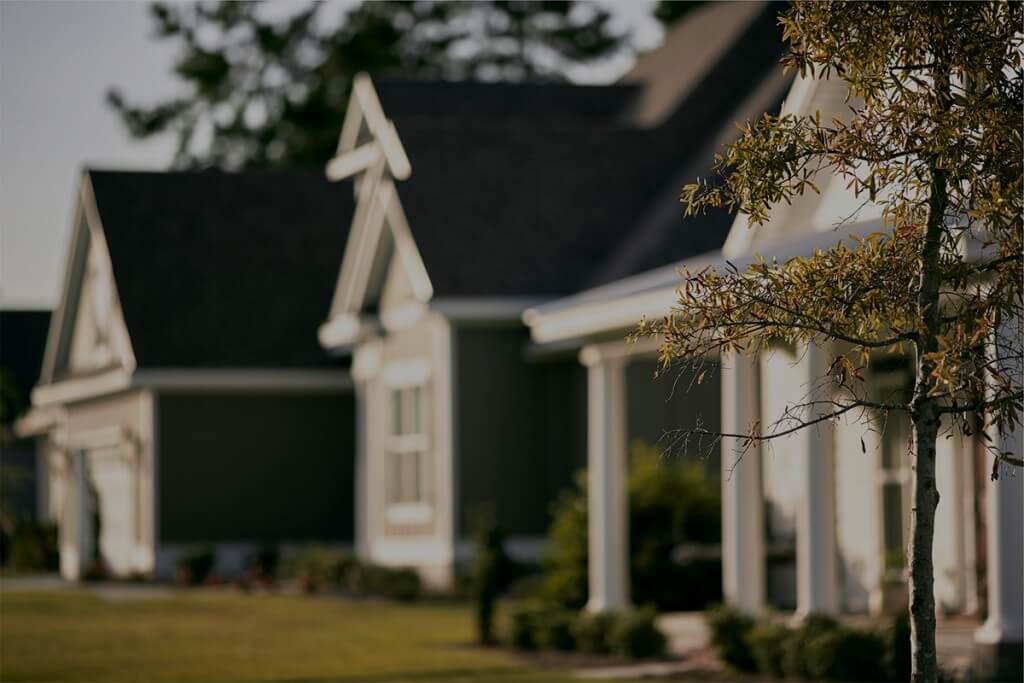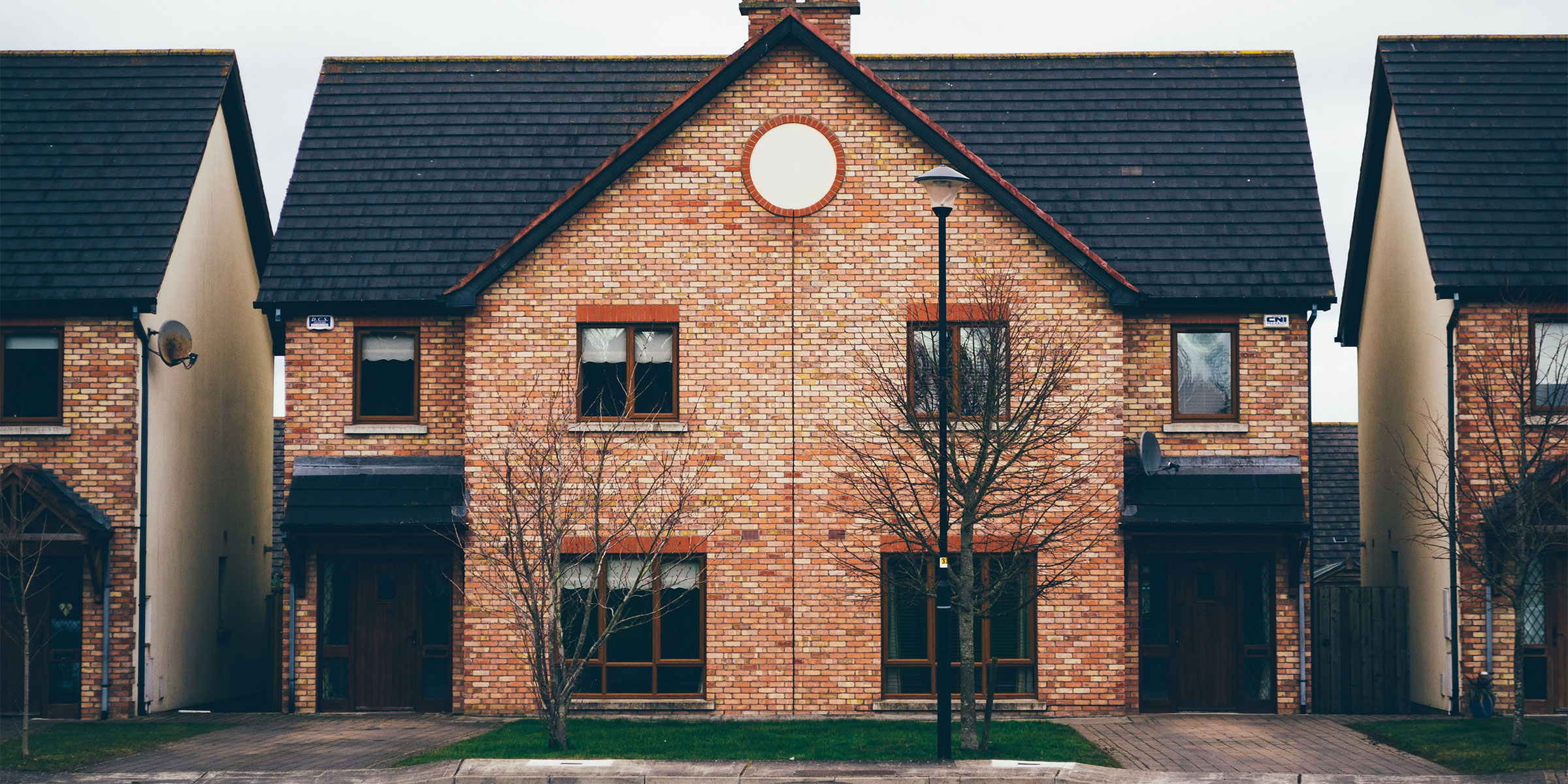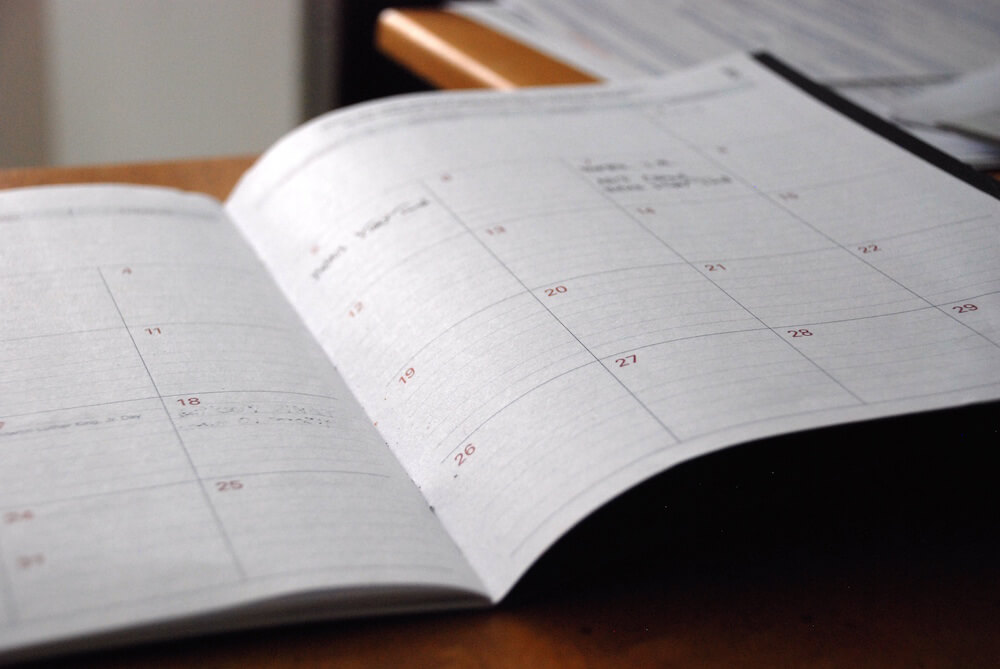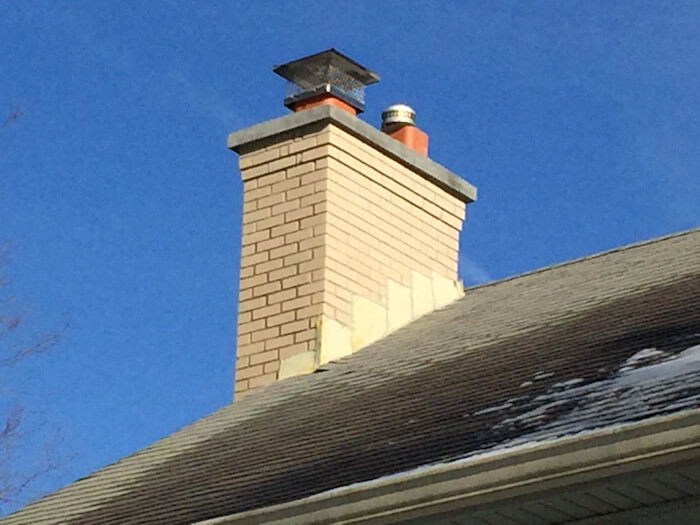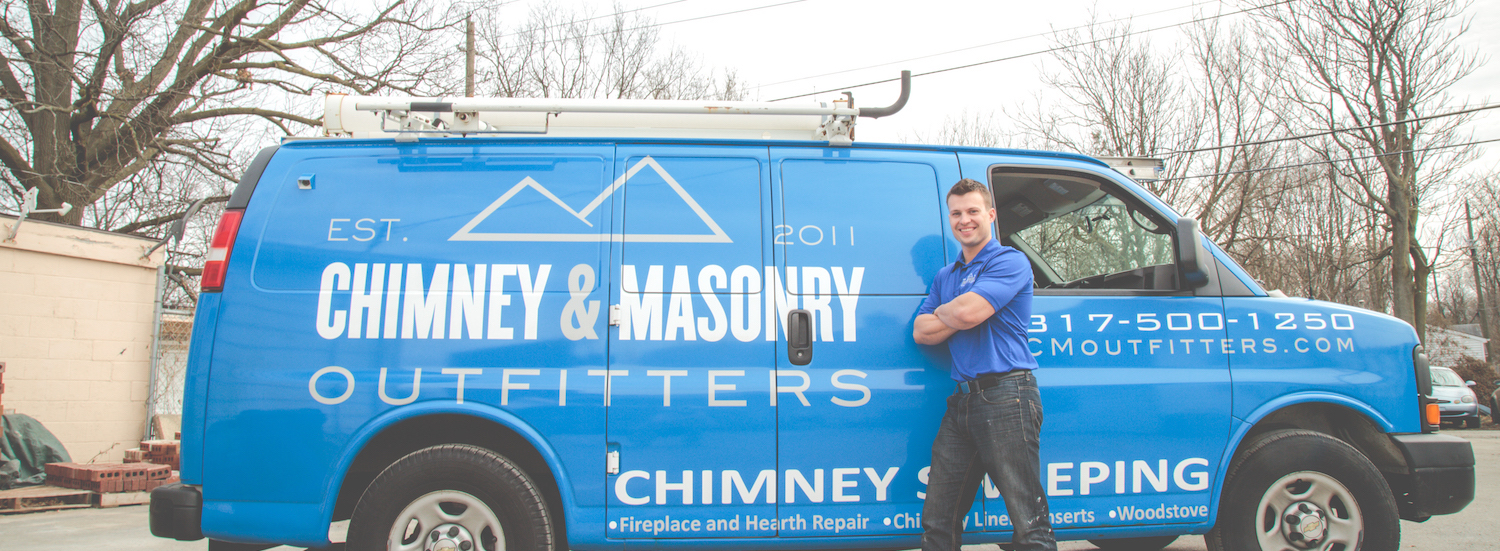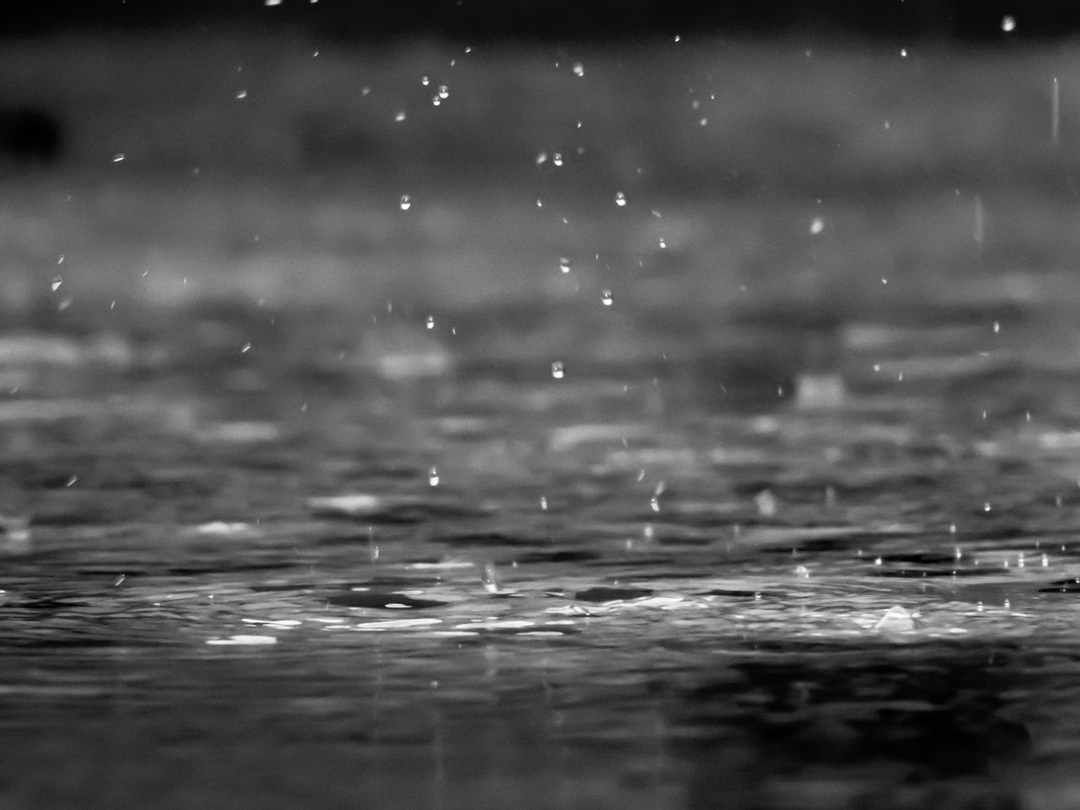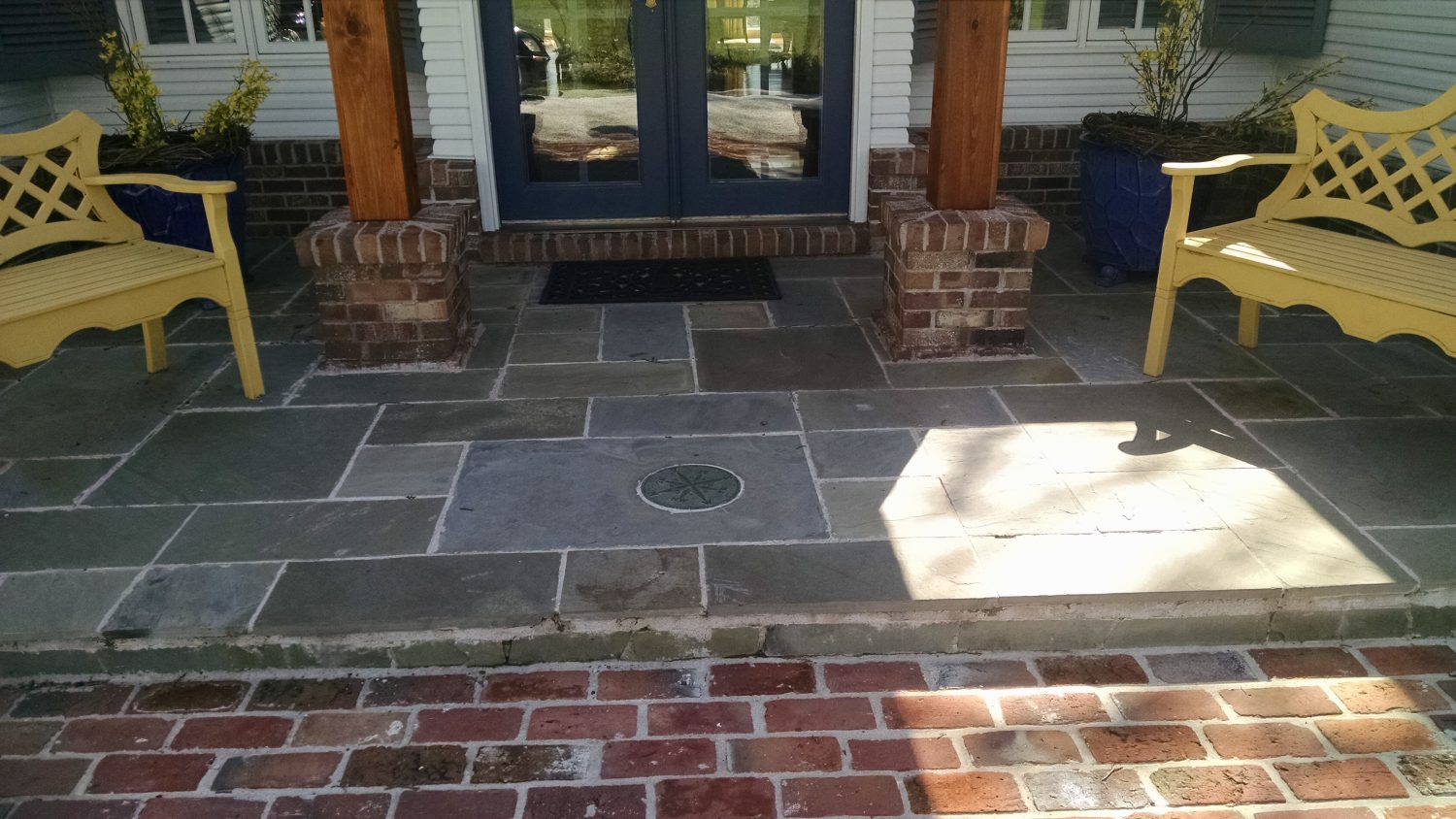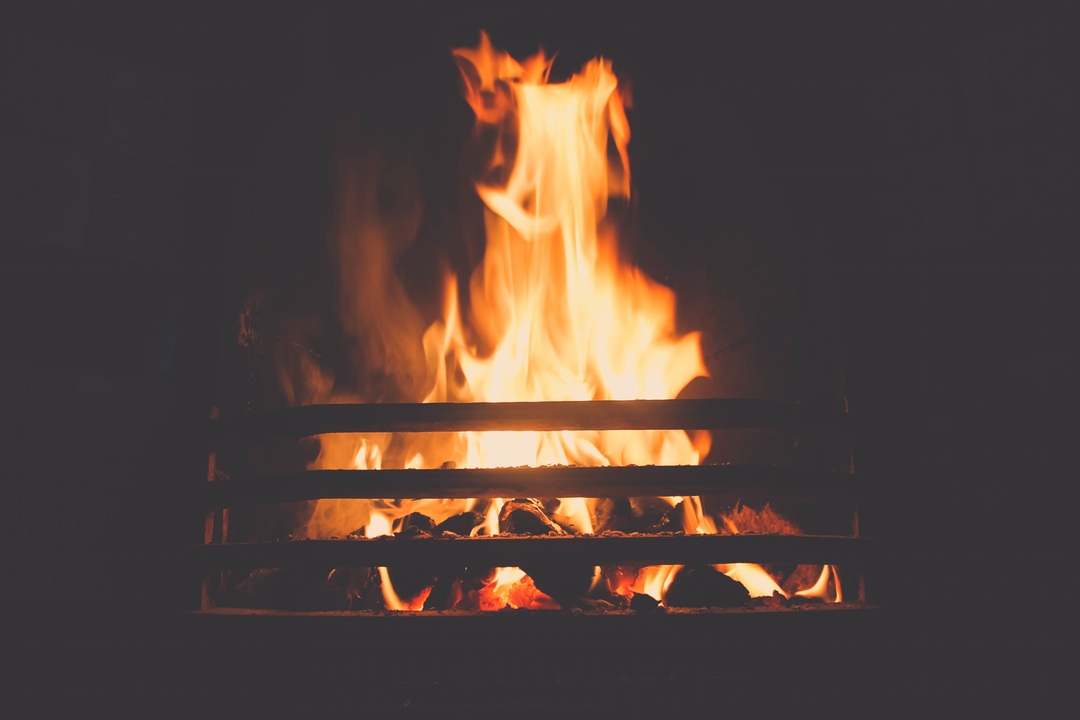What Causes Creosote?
Simply put, creosote is the by-product of burning wood.
The chimney serves to exhaust the by-products of combustion or fires that are had in the fireplace. The chimney also serves to create breathability in the home — yes. The majority of the rest of your home, as far as you know or would have it in a perfect world, are air-tight when not opened (windows, doors, etc.), so the gases from the furnace and the healthy circulation of air is helped along by the chimney (drawing air up and out of the chimney).
The by-products of combustion, or a fire, include water vapors, gases and other unburned particles, be it wood, cardboard, or documents that no one should ever find. It will obviously be cooler as those by-products are drafted up and out he top of the chimney and as they do they begin to stick to the walls of the chimney’s flue system. The residue that is left behind is what we call creosote. Sounds harmless and normal, but that tar-like substance can harden and is actually highly flammable.
The folks over at the Chimney Safety Institute of America also let us know that a restricted air supply, unseasoned wood, and cooler than normal chimney temperatures are all factors that can accelerate the buildup of creosote on chimney flue walls (whether those are clay flue-tiles or a stainless-steel liner). Reignited creosote is extremely dangerous and can cause chimney fires, leading to structural damage with potentially catastrophic results (serious injury or death). We don’t mean to sound fatalistic here, but the reality is a chimney that has not been swept and inspected annually is a huge liability to the safety of your family and friends.
It is recommended by industry professionals to have the chimney swept and inspected at least once annually – if you have not had the chimney swept or inspected yet this year, give us a call at Brick + Ember Outfitters. All of our sweeps have been certified by the Chimney Safety Institute of America.
Haven’t had your chimney swept or inspected? Give us a call!
The Second Best Time to Sell a Home and How to Make it Sellable!
Autumn - there is something refreshing about the crisp morning air and the colors of Autumn - oh! And it cools down, which at this point, no one is opposed to, as far as we know. We’ve come to learn that Autumn also happens to be the second best time of the year to sell a home - fancy that, right?
5 Tips for Adding Value to Your Transactions
A recent read for us here at Brick + Ember Outfitters, “101 Things Everyone Should Know About Real Estate Investing” by Seth Williams.
We picked five tips from the list of 101 tips, mainly because 101 would be insane right now! Given your time allowances as an agent we’ve got to keep you moving…
1. Collaborate. Find great team members to help you pull off your overall vision. One person alone can only handle so much (and it limits your education). - Ken McElroy
B+E: We’d like to be a part of your team. Inspection Reports are an inevitable facet of your job - they come, and we know chimney or masonry related issues are brought to the attention of your buyer/seller. We’re here to collaborate, and to do what needs to be done. Whether that’s an estimate for repairs, or carrying out what needs to be done to close the sale of the home.
2. Be fanatical about due diligence. Try to obtain and confirm every bit of information you can about an investment — not just the physical property but the history and potential future of revenue, operating expenses, and capital costs. - Frank Gallinelli
B+E: A great example of this would be knowing whether the fireplace is functional and safe, or not. A fireplace can be a great selling point, whether it works or not, and what it could cost to repair could help with potential buyers (those who want it to work, versus those who don’t mind either way). Give us a shout if you’re not sure, we’ll clean, inspect, and report back to you about the fireplace/chimney safety and functionality!
3. Don’t take shortcuts in your repairs and updates. Shortcuts will end up costing you money in the long run when a prospective Buyer’s offer comes in lower than anticipated or when their inspections reveal poor workmanship in the property you’re selling. Don’t let your properties be known as the gal/guy who delivers shoddy properties. - Lynn Pineda
B+E: Well, that’s pretty cut and dry. Your confidence in the transaction is the strength of your buyers/sellers. Your reputation with those homeowners, post sale, will be your strength in the market - that’s how word-of-mouth works.
4. Don’t be afraid to ask for help. There are so many details in real estate that it can be overwhelming. One of the great things about experienced investors is that they have all been in your place. Turn to more experienced investors with your questions, as there is no such thing as a stupid question. - Joshua Dorkin
B+E: Brick + Ember Outfitters is glad to be of any assistance when it comes to any chimney or masonry related concerns listed on those Inspection Reports - don’t stress the numbers, we can get those to you! Send over the Inspection Reports via email (with plenty of details), and we’ll see what we can do!
5. Relationships. In the world today everything is very fast-paced/cut and dry. Everyone is just trying to get the job done and make money. This method may get things done quickly, but it doesn’t necessarily ensure quality. By taking your time and focusing on building relationships you can eliminate the ones looking for a quick penny and only work with people who genuinely have your best interest at heart. - Engelo Rumora
B+E: Brick + Ember Outfitters is listed on MIBOR, Tucker Home Services, and regularly attends Tucker luncheons with agents. We are a service provider that is committed to building equity, restoring beauty and growing peace of mind. We want you to know that we’re here to keep things moving, and to build genuine relationships with agents and homeowners, alike. At the core of each of our respective services are people. We once read it in Go-Givers Sell More, “You want good people skills? Be a person.” Great customer service skills are a key differentiator for any business man or woman.
As you head into the Fall/Winter season, the greatest skills you will bring to your transactions with clients will be those which add-value to them. Brick + Ember Outfitters wants to partner with you to make those transactions as seamless as possible. Send us a detailed inspection report and we will do our best to provide you with a rough estimate for the necessary repairs, no more, no less, within 24-48 business hours. If we are required to come out to visually assess the called-out parts of the estimate, it’s just $50!
Build a strong brand, be a great agent - we’ll grow piece of mind together.
How Often Do I Need a Chimney Sweep?
The chimney exhausts the fireplace and the furnace of your home. The efficiency of your chimney can affect both the burn of the fire in the fireplace and the flow of carbon monoxide out of your home. Regardless of whether or not the fireplace is used, a sweep and inspection should be performed annually in order to ensure the safety and functionality of your chimney. Unwanted critters can find there way into the chimney flue system, and weathering (especially Indiana winters) can cause deterioration to occur to the masonry of your chimney, leading to inefficient or unsafe burning conditions. A chimney sweep and inspection is recommended to be performed annually by industry professionals. When wood is burned in the fireplace a tar-like substance is left behind called creosote. Creosote is a flammable substance that can lead to chimney flue-fires, ultimately cracking flue tiles and allowing the fire to reach structural components of your home. The chimney sweeps at Brick + Ember Outfitters have been certified by the Chimney Safety Institute of America, tested and approved to sweep and inspect your chimney in accordance with industry regulations and safety standards.
If you have not had your annual chimney sweep performed, feel free to give us a call to schedule your appointment, or click HERE.
Do I Need a Chimney Sweep
Contrary to many homeowner’s assumptions, whether or not you need a chimney sweep is not relevant to the use of your chimney/fireplace. Your chimney serves to exhaust your fireplace and in many cases, the furnace too. When a chimney is not in use birds, insects, and other unwanted critters can take up real-estate in your chimney. You’ll want to have any remnants left by these guests removed and any damage addressed. Additionally, Indiana weather takes a serious toll on the masonry and the internal components of a chimney. The freezing and thawing, expanding and contracting of water in any deteriorated mortar joints, or porous brick, will perpetuate the breaking down of your chimney’s structure.
If the chimney is used, it is absolutely recommended by industry professionals to have the chimney cleaned and inspected annually. When wood is burned, creosote is left behind, and a fire burning inefficiently (not hot enough) allows creosote to build up in the flue system. Creosote is a flammable tar-like substance that can re-ignite and lead to flue-fires which crack flue-tiles and cause serious structural hazards for your home.
A chimney should be swept at least once annually by a certified chimney sweep. Your Chimney Outfitters have been certified by the Chimney Safety Institute of America to ensure that you receive a quality sweep and inspection service that is aware of chimney safety regulations and best burning practices.
If you have not had your chimney swept or inspected this year, feel free to give us a call to schedule your appointment or click HERE.
How Much Does It Cost For A Chimney Sweep?
How much a chimney sweep will cost is a bit of a loaded question and the answer is sort of relative. We’d say it really depends on what constitutes as a sufficient chimney sweep. The average range of a chimney sweep service can be anywhere from $99 - $199. This can vary based on the services included. For instance, a simple chimney sweep (the literal cleaning of the chimney flue) may remove creosote or other hazardous build-up, but there is no indication of what is occurring in the liner/flue system. At Brick + Ember Outfitters our chimney sweep services always include a camera inspection. It is our responsibility to help ensure the safety and functionality of your chimney, we would find it rather silly to leave your home having not informed you of any unseen deterioration or concerns that may not be seen by simply looking into the firebox or at the top of the chimney. Our Chimney Outfitters’ are certified by the Chimney Safety Institute of America, tested and approved by an examination concerning the industry regulations for safe chimney/fireplace function and use.
Interested in a chimney sweep and camera inspection? Give us a call to set up an appointment, or click HERE.
Chimney Cleaner (Sweep)
A Chimney Cleaner, or more commonly know as a Chimney Sweep, is a person whose job it is to remove the creosote or other buildup in a chimney’s flue to prevent hazardous, unwanted fires and to aid in the efficiency of your chimney’s function. There was only one Dick VanDyke and we can assure you that you’ll want our sweeps to refrain from any sort of song and dance.
And while we may refrain from song and dance, we will take the responsibility of ensuring you can be entertained by safe and enjoyable fires in your fireplace/chimney. It is of great importance to ensure that your Chimney Sweep is certified by the Chimney Safety Institute of America (CSIA), proficient in industry regulated cleaning standards and proper inspection practices of your chimney.
The sweeps at Brick + Ember Outfitters are all certified by the CSIA and are prepared to address any chimney-related concerns which may arise during an assessment of your chimney or fireplace.
Industry professionals do recommend a chimney be swept and inspected, at least once, annually. The safety and functionality of your chimney is extremely relevant and important to the safety of your home and family.
My Chimney is Leaking!
Water, dripping from the ceiling, running down the mantle, sitting at the bottom of the firebox? A heavy rain is something that no homeowner should have to see from the inside of the home, but happens more often then you may think.
Anytime water penetrates the veneer, house-wrap and interior walls, the distressed sinking feeling arrives in your mind, so the sooner you can address the issue the better – give us a call!
What causes a chimney to leak? Here are a few of the most likely diagnoses:
- Missing or damaged Rain-Cap. Rain falls right down the chimney – simple enough to remedy! Grab a rain jacket and take a quick look up at the very top of the chimney to see if you’ve got a rain-cap.
- Damaged Concrete Crown or Chase Cover. A crown is the concrete “roof” to the chimney, but being a porous material that can deteriorate, water can begin to leak into the chimney. A Chase Cover is a metal fitted lid that serves the exact same purpose as a concrete crown, but if it’s rusting or sagging (concave), you’ll find yourself in the same complex: leaking.
- Old, deteriorated Flashing. The flashing used to channel water away from where the chimney meets the roof may need to be replaced. The caulking used to adhere the flashing to the chimney may be dried out or simply deteriorated, a probable cause for the leak.
- Damaged bricks or mortar. If the structure of the chimney itself is in disrepair, water may penetrate the home.
If you see water in or around the fireplace/chimney, call us. We also provide water-tests to pinpoint the leak, because time wasted is money wasted - no guessing around.
Masonry Patios: Which is Better? Mortar V.S. Sand Joints?
Even professional Masons continue argue the pro’s and con’s of mortar vs. sand joints. Short answer: a variable decision.
Here are the facts.
Traditional mortar is a powdered mix of Portland cement and water. After drying it becomes hard as a rock. Mortar creates a very permanent patio that, with proper installation and water drainage, lasts for decades. However it does have a downside, when mortar fails it can present large cracks. These cracks can be caused by freeze-thaw, tree roots or shifting soil under the patio. Cracking joints or major settling issues do require repair, which has led to more sand-joint patios than years past.
Sand-jointed patios are more flexible than mortar. They are designed to flex, rather than crack and when issues arise, they can be fixed relatively easily. But they can flex and settle too much. It’s not uncommon to “re-set” a sand joint patio every few years. So while it may not be as costly, initially, to fix, these patios can create more “routine” repairs, more often – it’ll add up.
For a permanent patio, nothing beats a mortar joint. It is a classic look and if in ideas stalled properly and maintained properly, will last decades with minimal issues. If you are a DIY-er, a sand-joint patio may suit your fancy. Both options do require the due-diligence of proper maintenance.
If you’re just altogether still on the fence about it, give us a call, and we can collaborate together, and come to a decision that is best for your homeownership wants and needs. Your Outfitters would be happy to hear about your project and provide a free estimate for a solution that meets your vision and your budget.
Does a Fireplace Veneer/Hearth Increase my Home's Value?
The value of a fireplace, with regard to the overall value of the home, is a tough thing to pinpoint. Like many amenities, a fireplace is more valuable to someone who wants a fireplace than it is to someone who doesn’t.
However, the better question is, “Does the Fireplace Appeal to Potential Home-Buyers?”
Yes, if you are looking to sell within the next 1-2 years larger home-improvement projects may not be a great plan, but if you’re looking to update the home and bring about some buyer-appeal, a fireplace rehab is said to bring up to 80% ROI.
Most homes do have a fireplace, and a greater number serve more than one purpose. Fireplaces add an architectural interest to the home and they are a functional source of heat. Fireplaces can also fall under the category of general maintenance systems of the home, which can also provide a good ROI.
How?
For any potential buyer, a home-inspector is hired to come and assess the home for major structural issues; this will include the chimney or fireplace. If issues are found, the inspector may request any necessary repairs be made in a small window of time, or even require that a deduction be made from the selling-price of the home, to compensate for the needed repairs.
If your fireplace or hearth remodel are not among the higher options for projects, we’d suggest making your fireplace and chimney maintenance your investment. Here are a few less costly, but altogether beneficial, investments that can be made to maintain the value of your chimney/fireplace:
- Replace any damaged brick
- Clean the Firebox, ensuring there are no gaps, or cracks in the firebrick
- Clean the any soot/smoke off of the fireplace/mantel (which may indicate a drafting issues)


